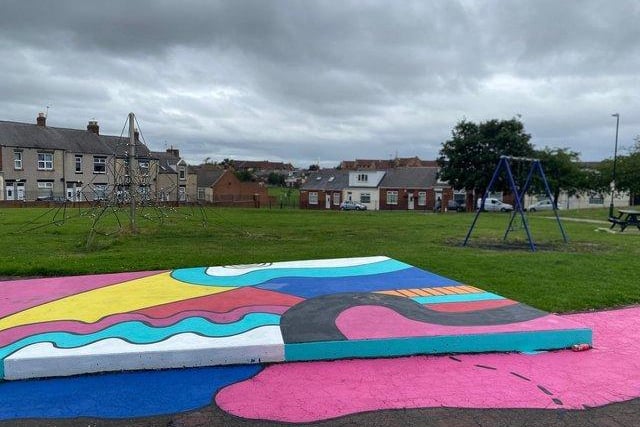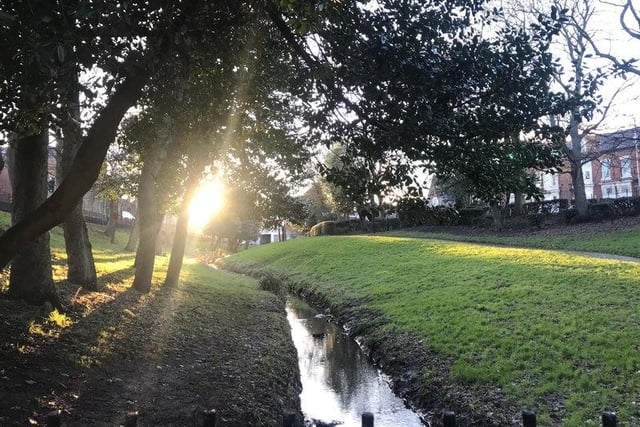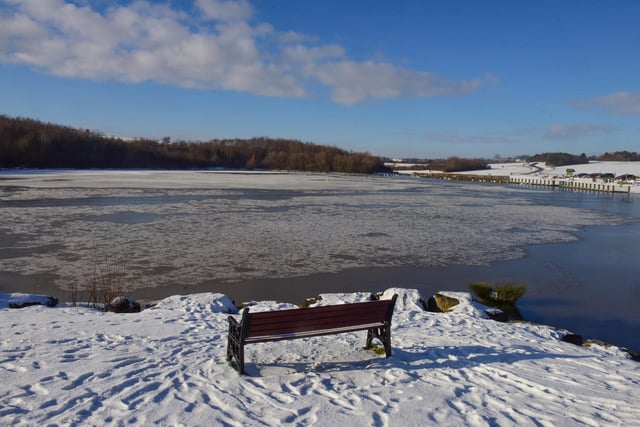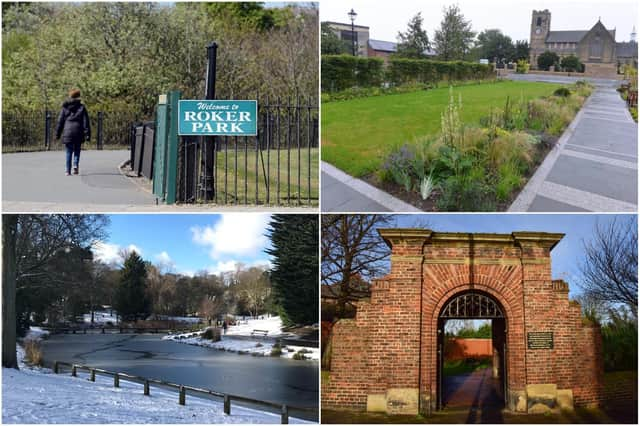We’ve put together a guide to Sunderland’s parks and the stories behind them, from the smallest pocket park to a landmark park which was created in response to the Cholera epidemic.

5. Diamond Hall pocket park, Millfield
Diamond Hall pocket park underwent a jazzy makeover in lockdown thanks to local artist Kathryn Robertson. She said: “I’ve really enjoyed the park commission, it’s not my usual style but I loved working with the colours and people using the park have said it’s made a difference. I think bright, colourful artwork can improve an environment and also improve people’s sense of wellbeing – it cheers you up!" Photo: JPI Media

6. Burn Park, Thornhill
Possibly Sunderland's smallest park, Burn Park only takes minutes to walk around but it's got a quaint charm with original cobbled paths and a foot bridge. It was once a larger park with its own games huts and a north side, which was demolished in 1971 to make way for the New Durham Road dual carriageway. Worth popping to nearby Grinder or Paticake Patisserie for a takeaway coffee and cake if you're out and about. Photo: JPI Media

7. Herrington Country Park
Once the site of Herrington Colliery, Herrington Country Park is a prime example of how former industrial land can be given new life. The park has developed into a significant home for wildlife, hosting up to 100 species of birds. It's also hosted many major events for the city, such as Radio 1's Big Weekend. Photo: JPI Media

8. Cliffe Park, Seaburn
Well used for the Airshow, as well as for coastal walks, Cliffe Park's most distinguishing feature is its Grade II-listed lighthouse. The structure was originally built in 1856 on Sunderland's South Pier. In 1983 it was dismantled to allow for harbour improvements and moved to the park. Photo: Stu Norton

